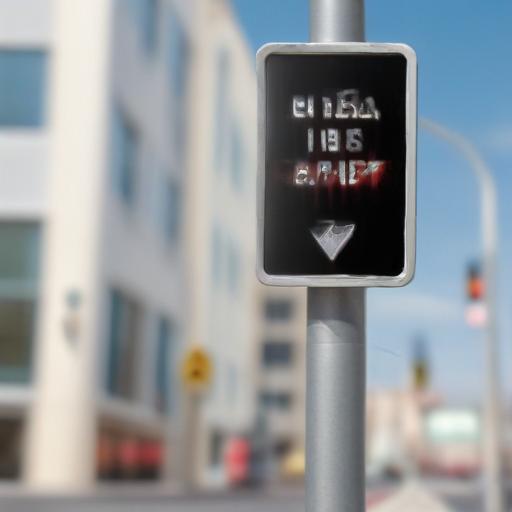Cities rethink speed limits: moving beyond the 85th percentile toward a broader safety framework
There was a time when drivers who felt a speed limit was too low could simply push the car a little faster until the number on the sign seemed to match. That approach, while not perfectly responsive, relied on engineers surveying how fast motorists actually traveled and setting the limit at the 85th percentile—roughly the 15th-fastest driver in a group of 100. Now, states are weighing an alternative that factors in pedestrians, nearby activity, and the likelihood of crashes.
The National Association of City Transportation Officials has championed a practical shift with its City Limits guidance, first published in 2020. Under City Limits, engineers assess two core factors: activity level and conflict density. Activity level looks at where a road is located—downtown, in a busy suburb, or somewhere in between. Conflict density measures how many access points exist along a quarter-mile stretch, including intersections, driveways, and curb cuts. Three or more crossing points in a quarter-mile are considered high conflict density, while an average of fewer than one is low. With this framework, a road that carries a 25 mph limit could be raised to 35 mph or lowered to 20 mph depending on the surrounding context and safety considerations.
Critics of the approach caution that it could trigger unintended consequences. Jenny O’Connell, director of member programs at the organization, has warned that the method could create a feedback loop: people speed, and then speed limits are ratcheted up to match that behavior.
What this could mean for drivers, pedestrians, and planners
– Flexibility: Street speed limits can be tailored to the actual street environment rather than a one-size-fits-all percentile.
– Safety focus: By considering activity levels and conflict density, urban corridors with heavy pedestrian activity or many access points may see slower limits, while safer, low-conflict streets could carry higher limits without sacrificing safety.
– Implementation challenges: Without careful rollout, there’s a risk of public pushback, misinterpretation of the new criteria, or inconsistent application across jurisdictions.
Potential benefits include improved safety outcomes on busy urban streets and more efficient traffic flow on lower-risk routes. On the downside, critics worry about inconsistent messaging to drivers and the possibility that higher limits in some areas don’t correspond to actual driving behavior or enforcement patterns.
A look ahead
Many cities are already experimenting with nuanced speed-management programs, combining updated limits with enhanced street design and targeted enforcement. The goal is to balance mobility with safety, especially for pedestrians and cyclists, while avoiding a simple “speed up or slow down” debate.
Summary
The move from the traditional 85th-percentile rule to City Limits reflects a broader shift toward context-aware speed management. By weighing activity level and conflict density, cities may better align speed limits with street use, pedestrian presence, and crash risk. While the approach promises safety gains and more tailored speed limits, its success will depend on thoughtful implementation, clear communication, and complementary improvements in street design and enforcement.
A hopeful note
If communities adopt City Limits thoughtfully, speed limits could become a smarter tool for safer streets rather than a blunt indicator of how fast drivers are allowed to go. When paired with engineering improvements, public education, and consistent enforcement, this approach has the potential to reduce crashes and protect vulnerable road users while keeping urban mobility efficient.
Editorial considerations and value adds
– Include a simple graphic showing how a single street could shift from one limit to multiple outcomes based on activity level and conflict density.
– Add sidebars with quick definitions of “activity level” and “conflict density” for readers new to the topic.
– Consider pull-quote boxes featuring the criticism about the feedback loop to present a balanced view.
– If possible, cite a local example or pilot project where City Limits-like criteria were applied, with initial safety indicators or public feedback.
– Highlight the need for accompanying measures—pedestrian-friendly design, better crosswalks, and driver education—to maximize any speed-limit changes.
